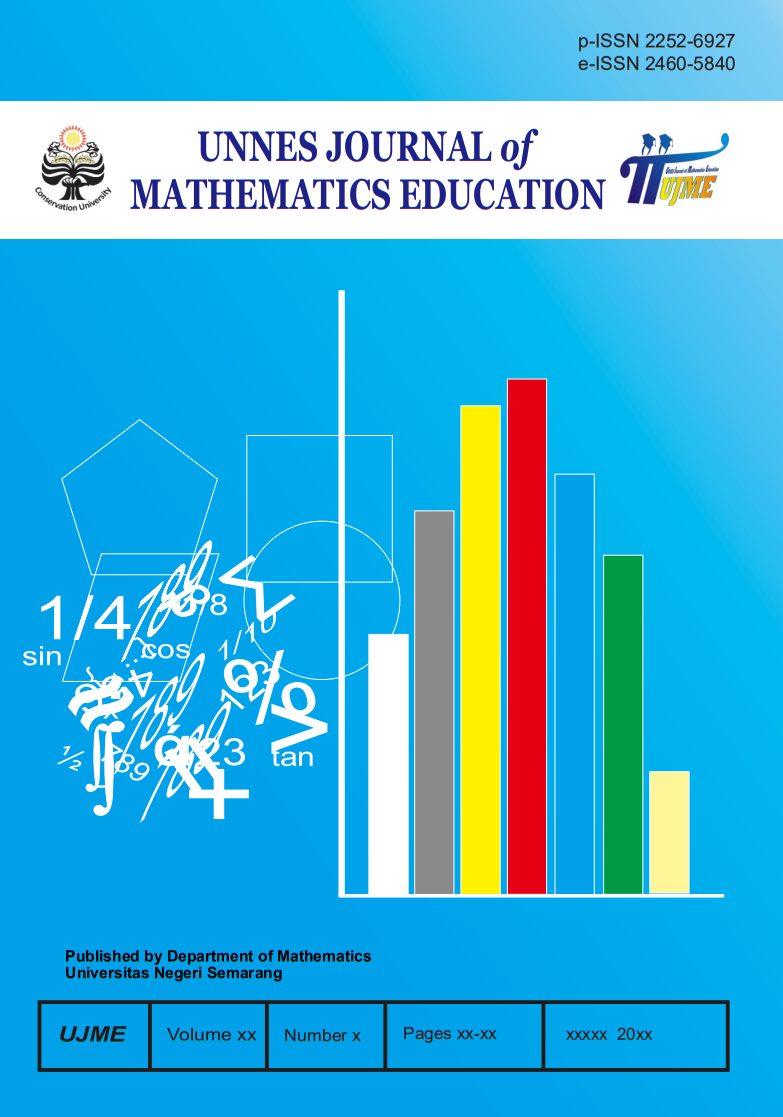Analysis of Mathematical Literacy in Solving PISA Questions Based on Ethnomathematics in Junior High School Students
DOI:
https://doi.org/10.15294/6s2c6t07Keywords:
Mathematical Literacy Abilities, PISA, EthnomathematicsAbstract
This research analyzes mathematical literacy skills in solving ethnomathematics-based PISA questions in junior high school students. The method used qualitative research with a descriptive approach to the subject of 3 State Middle School students in Batanghari. The instruments in this research were PISA test questions and interview guidelines. These scores were categorized into High-Level Ability, Medium-Level Ability, and Low-Level Ability. The results were based on student performance in the PISA test. The PISA test questions cover various cultures. The research results show that students' mathematical literacy abilities in solving literacy problems are reviewed from several aspects, namely 1) the understanding aspect, students can solve and understand existing problems and provide appropriate solutions; 2) the application aspect, students can understand it clearly. The overall problem, namely being able to use concepts, facts, and procedures to formulate, present, and solve problems, being able to write down information and answers to questions; 3) the reasoning aspect, students are required to understand the problem so they can solve it, question number 2, will but students still make mistakes in working on PISA questions, and 4) in the communication aspect, students can communicate their opinions well and accurately.

